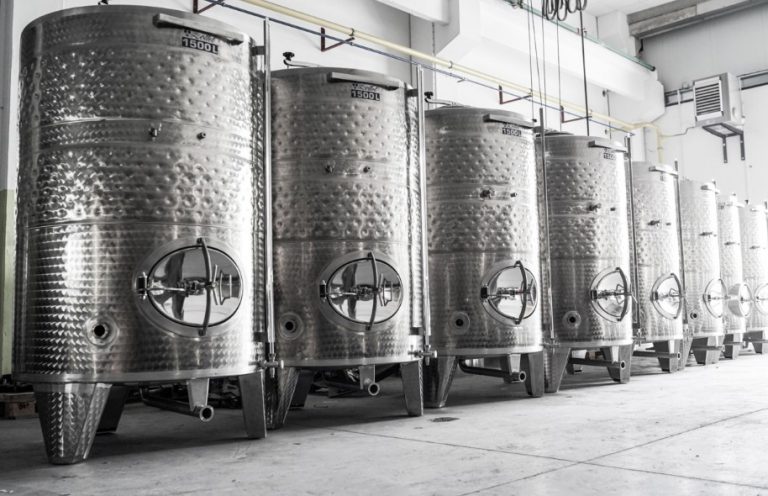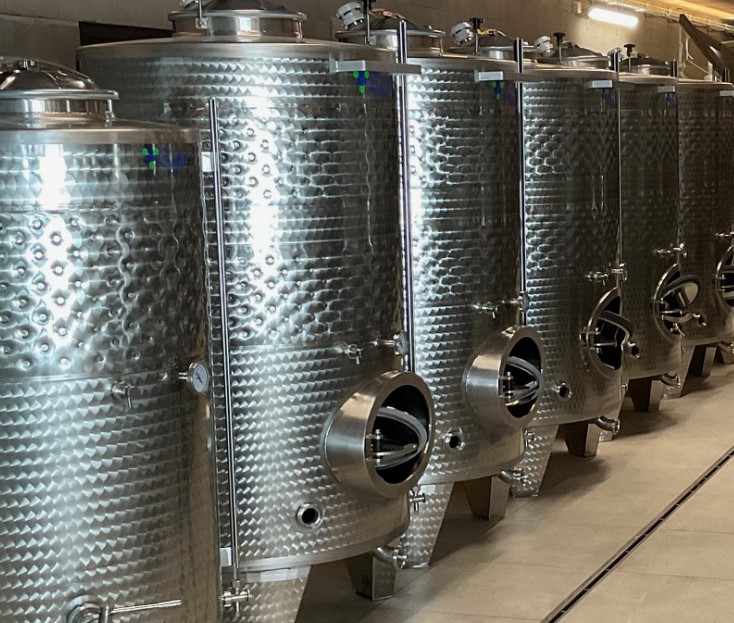After the fermentation process, wines often find their way into stainless steel wine tank for maturation. This choice imparts specific characteristics to the wine, resulting in a reductive quality that preserves freshness and highlights fruity notes. The inert nature of stainless steel ensures minimal external influence, allowing the pure expression of the grape’s essence. This maturation method is favored for producing wines with a crisp, lively profile.
Wooden Barrels Unveiled: From Large to Small, A Spectrum of Complexity
Maturing wine in wooden barrels introduces a spectrum of complexities depending on the barrel’s size. Large wooden barrels contribute to the development of smoother, fuller-bodied wines. The constant, minimal air supply through the wooden walls initiates micro-oxidation, enhancing the wine’s durability. On the other end of the spectrum, the small wooden barrel, known as Barrique, brings forth toasty and smoky wood flavors, along with additional tannins. This process not only adds spice to the wine but also introduces layers of complexity, creating a richer and more intricate tasting experience.
Uncommon Paths: Concrete Tanks and Amphorae Adventures
While stainless steel and wooden barrels dominate the maturation landscape, unconventional paths lead some winemakers to explore concrete tanks or, more rarely, amphorae. Concrete tanks maintain neutrality but offer stability and controlled oxygen exchange. Amphorae, primarily used for fermentation, occasionally play a role in oxidative ageing. These less conventional methods underscore the diversity of approaches in winemaking, each contributing distinct characteristics to the final product.
Wood in Wine: The Advent of Oak Chips in Stainless Steel Maturation
In a departure from traditional methods, the New World has embraced a novel approach to infuse wines with wood flavors. Instead of maturing wine in wooden barrels, some producers opt for stainless steel tanks while introducing Oak chips. This innovative technique imparts the characteristic wood flavor to the wine, replicating the effects of traditional wooden maturation. The use of Oak chips offers advantages in terms of speed, cost-effectiveness, and precise control over the wood influence, making it a popular choice for producers seeking efficiency.
Transformative Alchemy: Malolactic Fermentation in Wooden Barrel Maturation
The maturation journey in wooden barrels, especially barriques, often involves a transformative process known as malolactic fermentation (MLF). Distinguishing itself from alcoholic fermentation, MLF is driven by lactic acid bacteria rather than yeast. This microbial alchemy converts the sharp malic acid into the milder lactic acid, contributing to the wine’s overall smoothness and rounded character. While MLF can occur naturally, winemakers may actively initiate this process by strategically introducing lactic acid bacteria, ensuring a desired outcome in the maturation process.

